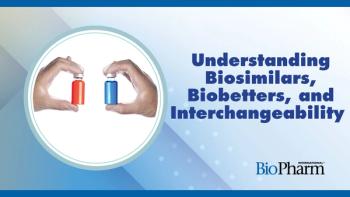
IonSense’s DART-MS Technology Selected for New Drug Screening Program
IonSense’s DART-MS technology offers rapid drug analysis without the need for sample preparation.
IonSense, a US-based provider of direct analysis in real time mass spectrometry (DART) for rapid mass spectral analysis, has been selected to have its DART-MS technology used as part of the “Rapid Analysis of Drugs” program, a new drug screening program that is being piloted in five states across the United States. The pilot program is being used to test drugs and drug paraphernalia by utilizing the high-accuracy, fast detection mass spectrometry capability enabled by IonSense’s DART technology to identify the contents of drugs within minutes at the point of need.
The screening program was first launched by the Governor of Maryland, in conjunction with the Maryland State Police, Maryland Department of Health, and National Institute of Standards and Technology in December 2021, to identify illicit drugs and counter recent increase in overdose deaths. The program has also been adopted by four further states with Alabama, Virginia, Texas and Washington DC implementing the scheme and more states expected to follow in quick succession, according to a Jan. 13, 2022 press release.
DART is an ionization source that uniquely analyzes a variety of particles (including solids, liquids and gases) without the need for sample preparation, which removes a major time-consuming step, allowing users to rapidly identify samples, including many that do not ionize well, at the point of need.
Source:
Newsletter
Stay at the forefront of biopharmaceutical innovation—subscribe to BioPharm International for expert insights on drug development, manufacturing, compliance, and more.




